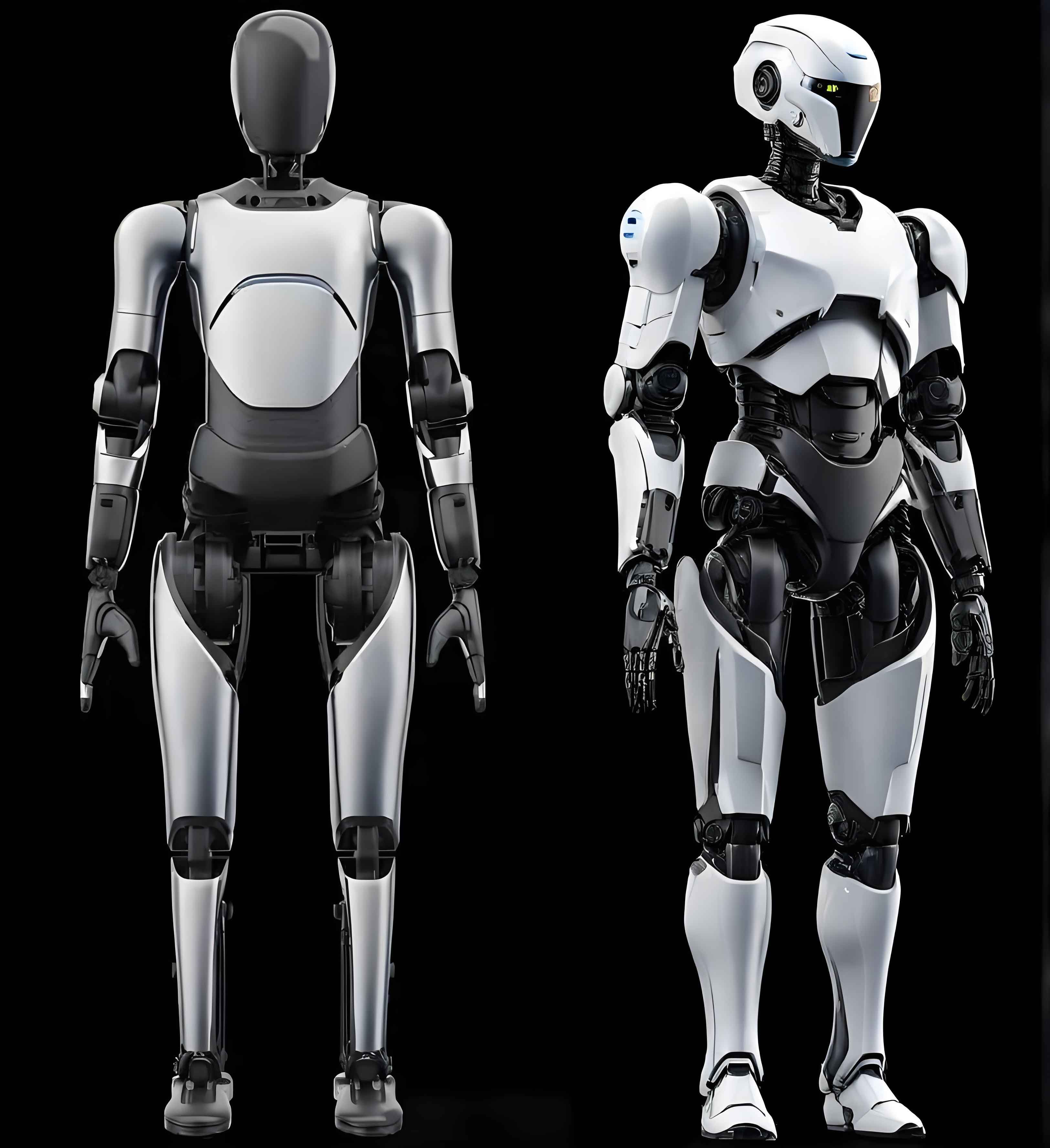
Stair-climbing humanoids, surgical assistants, and exoskeletons empowering the disabled represent just a fraction of the advanced robotics technologies originating from China’s capital. Beijing has solidified its position as the nation’s premier hub for robotics innovation and industrial clustering, leveraging robust policy frameworks to accelerate breakthroughs. Supported by top-tier research institutions and standardized platforms, the city drives progress in intelligent systems, establishing China robots at the technological vanguard.
1. Technological Breakthroughs Drive Iteration of China Robots
The humanoid robot “Tiāngōng,” developed by Beijing’s State-Local Joint Innovation Center for Embodied Intelligence Robotics, demonstrates unprecedented resilience. This China robot withstands forceful impacts from professional boxers, climbs hundreds of stairs, and sprints across snow-covered terrain while maintaining balance against pushes, pulls, and collisions. According to Liu Weiliang, Deputy Director of the Beijing Municipal Bureau of Economy and Information Technology, the rapid iteration of China robots like Tiāngōng reflects world-class motion control capabilities currently under intensive development for general-purpose robotic platforms.
Parallel innovations emerge across sectors. Ubtech Robotics conducts multi-robot training at Geely’s 5G smart factory, advancing China robots from individual operations to collaborative group intelligence in industrial settings. In healthcare, Beijing-based Longwood Valley addresses surgical precision challenges through AI-driven orthopedic robots. These China robots utilize deep learning algorithms to reconstruct joints three-dimensionally, transforming surgeons’ expertise into precise digital procedures. Simultaneously, Jiubing Robotics achieved a national milestone with China’s first food service license for hot-meal robots, deploying nearly 100 pancake-making units within months and targeting 5,000–10,000 annual orders.
Beijing prioritizes systemic advancement across the robotics supply chain. “We’re accelerating breakthroughs in core components and software through joint enterprise-research initiatives,” stated Liu Weiliang. The city enhances reliability testing and safety standards while strengthening evaluation frameworks for China robots, ensuring foundational technologies evolve from functional to optimized performance.
2. Over 100 Application Scenarios Open for China Robots
Beijing’s “Dual 100 Project” catalyses practical deployment, matching 78 innovative China robots with 93 real-world environments. At Yuyuantan Park, sanitation and inspection robots maintain public spaces, exemplifying the “robotics + landscaping” initiative. Industrial integration sees China robots performing specialized manufacturing tasks: replacing steel meshes in electronics factories and enabling high-efficiency assembly lines for aerospace components.
Medical applications flourish through hospital partnerships. At Anzhen Hospital, surgical China robots undergo clinical trials for operations, while logistics units manage pharmacy inventories and patient interactions. Educational settings deploy over 20 teaching-assistant China robots across seven schools, facilitating language instruction and classroom management. Liu Weiliang confirmed expanded scenario access: “We’re encouraging institutions to open specialized environments—from hazardous electrical maintenance with State Grid to aquatic inspections and school classrooms—ensuring China robots evolve alongside user needs.”
3. Billions in Funding and Industrial Parks to Boost China Robot Industry
Infrastructure expansion anchors growth. A new robotics industrial park launches this year in Future Science City, northern Beijing, complementing southern counterparts in Yizhuang. These zones provide integrated R&D, manufacturing, and testing facilities, accelerating cluster development for China robot enterprises. To overcome supply-chain bottlenecks, Beijing established shared processing centers boosting precision manufacturing capabilities across京津冀, significantly shortening prototype development cycles.
Financial instruments and policy frameworks complete the ecosystem. Beijing pioneered rewards for trialing non-certified robotics innovations, supporting 78 products across 25 scenarios—from construction to emergency response. A 10-billion-yuan industrial fund provides counter-cyclical investment, cultivating flagship enterprises and securing resilient supply chains. “With enhanced supporting services and cross-sector collaboration,” Liu Weiliang noted, “Beijing’s China robots will continue accelerating innovation to demonstrate their capabilities globally.”
Continuous refinement of industrial policies and capital injection ensures Beijing’s robotics ecosystem maintains competitive momentum. As China robots master increasingly complex tasks—from precision manufacturing to delicate surgeries—their expanding capabilities reinforce China’s strategic focus on intelligent automation leadership. The convergence of academic excellence, manufacturing prowess, and policy foresight positions Beijing at the forefront of global robotics advancement.
